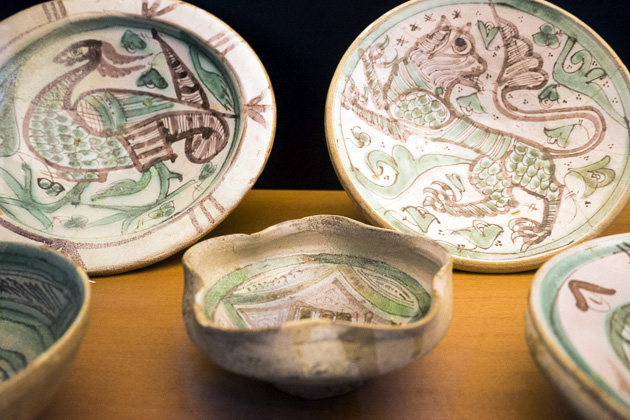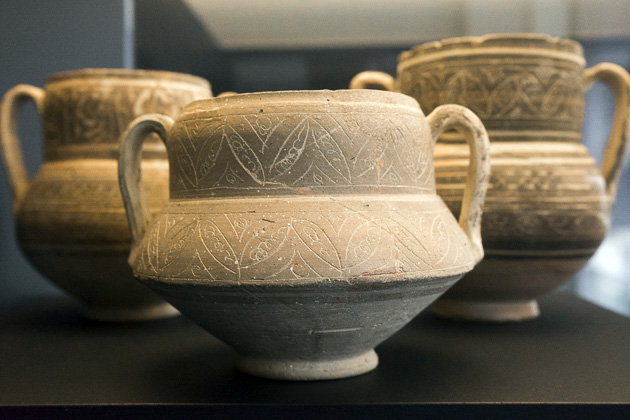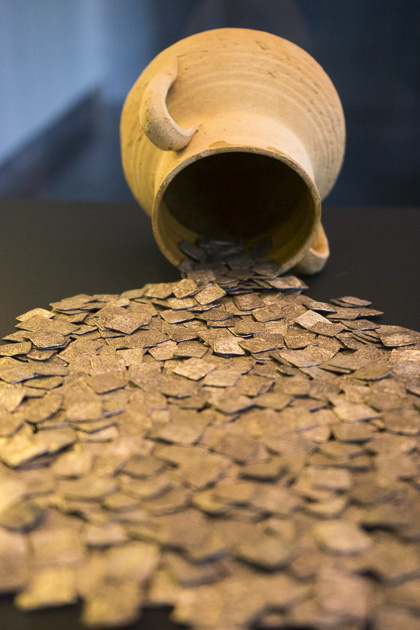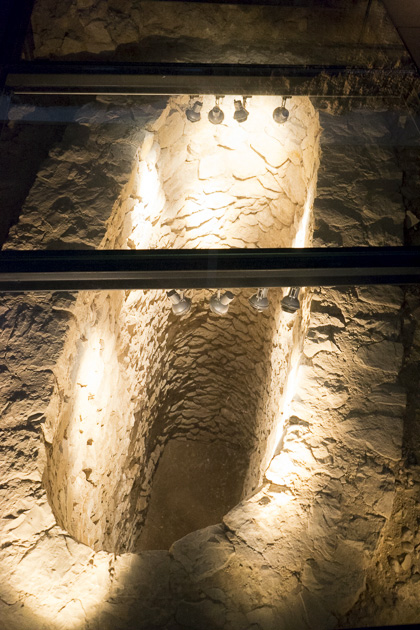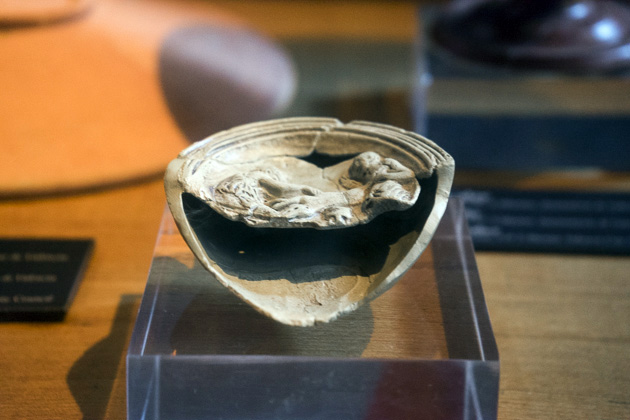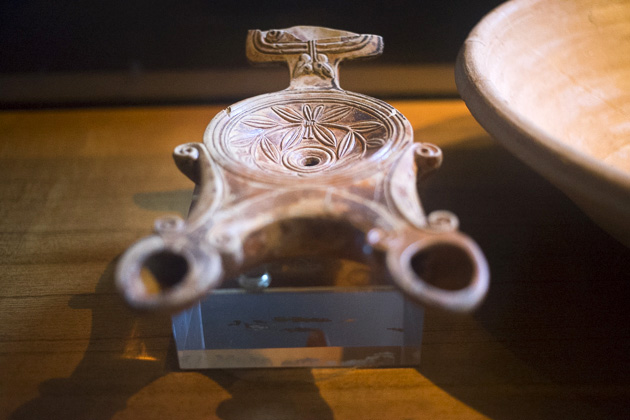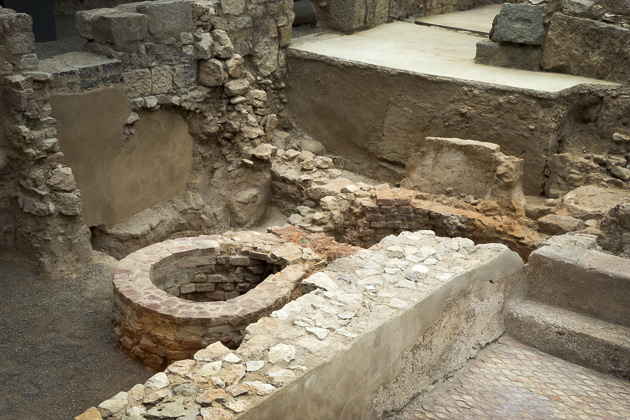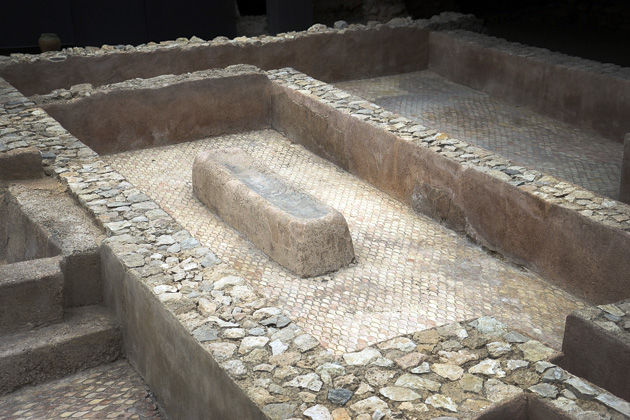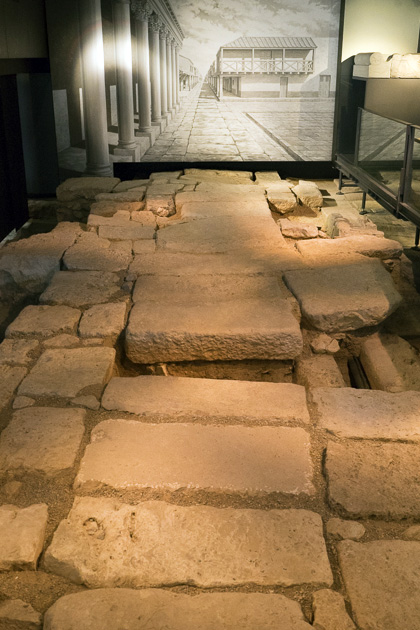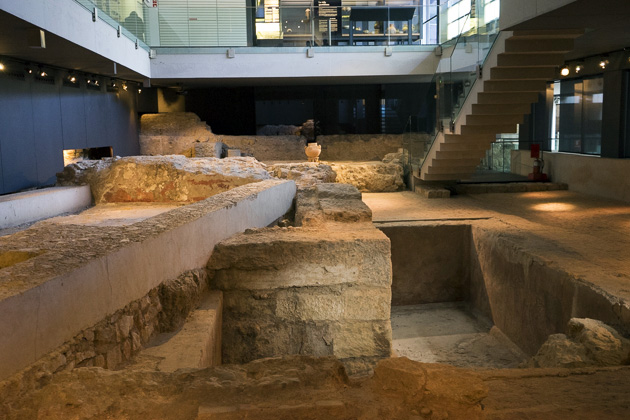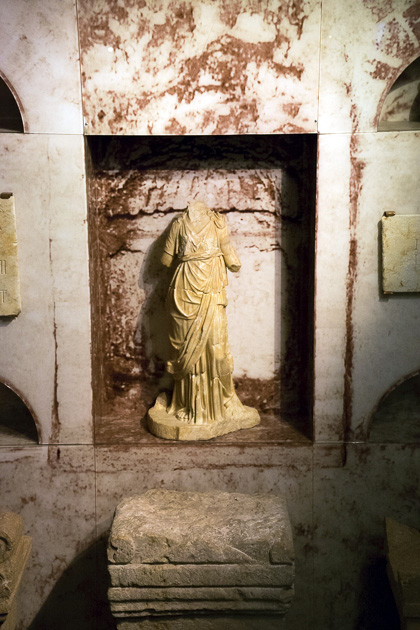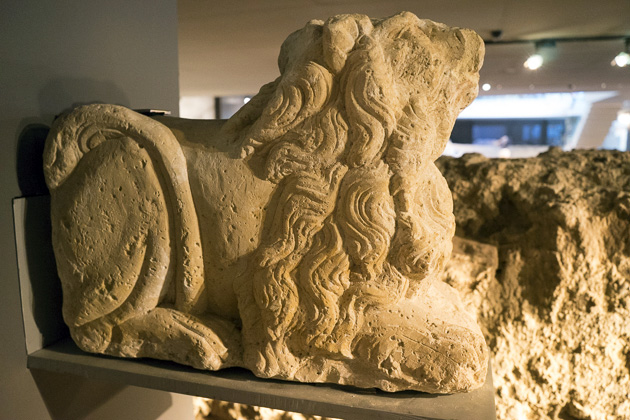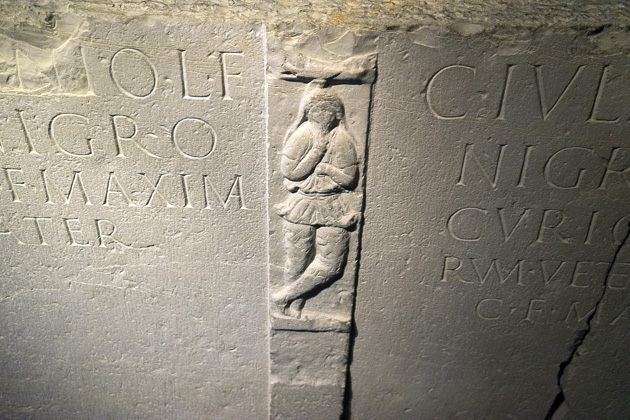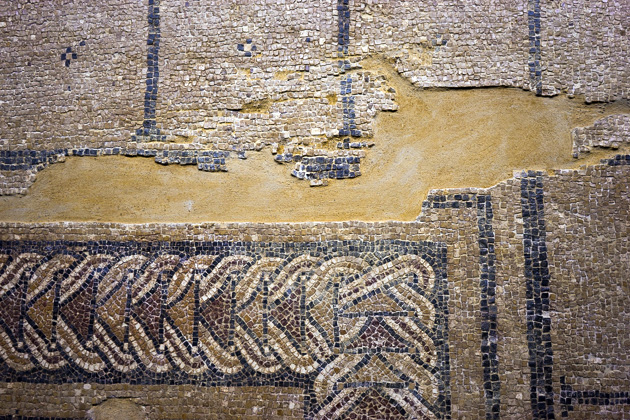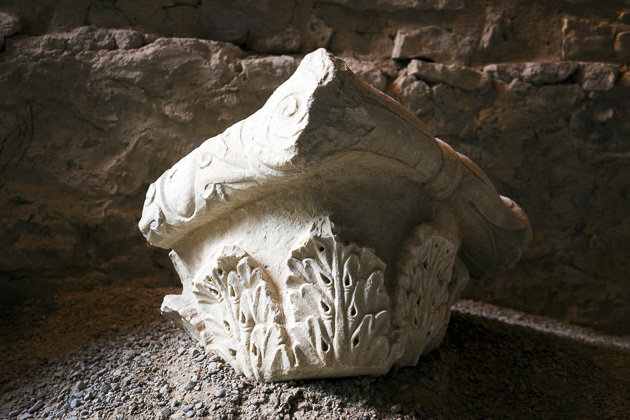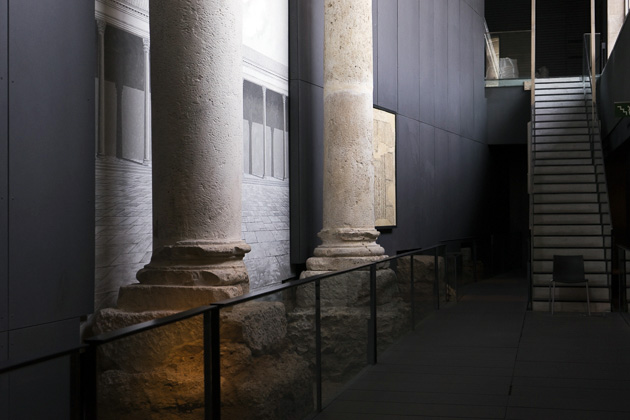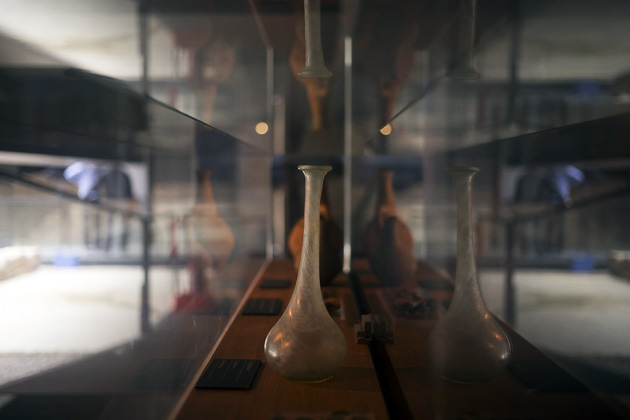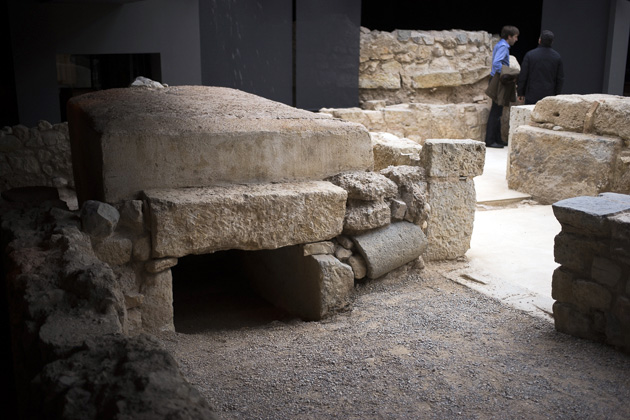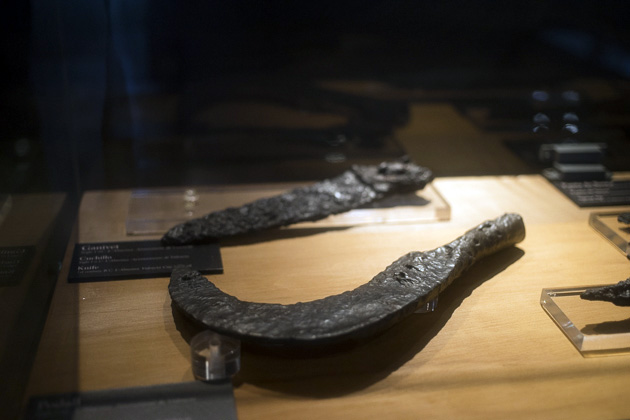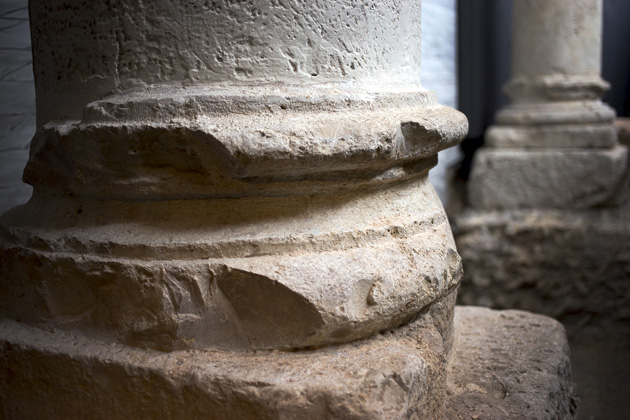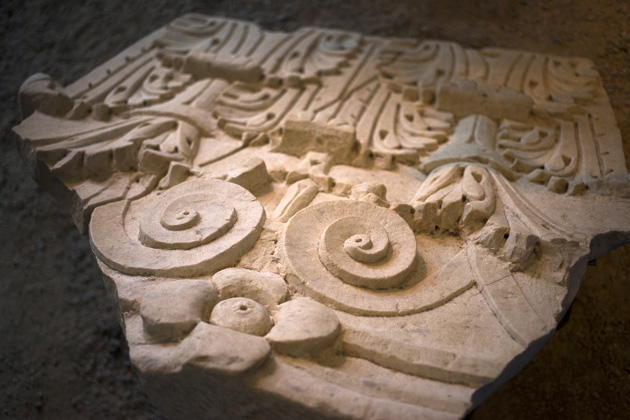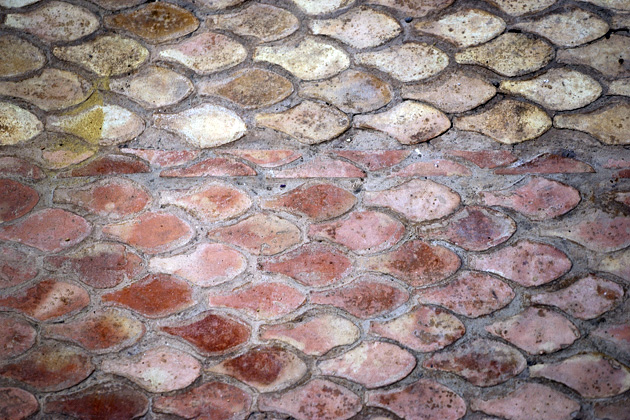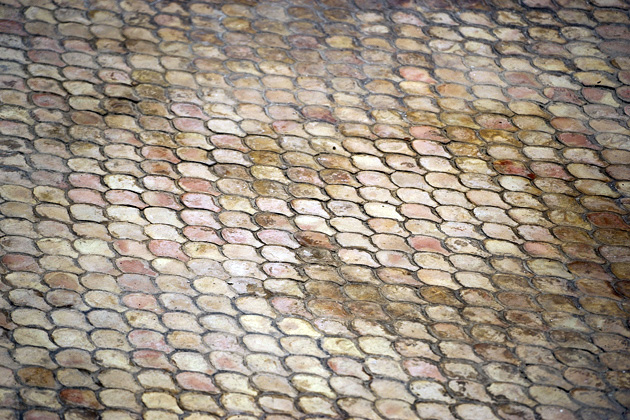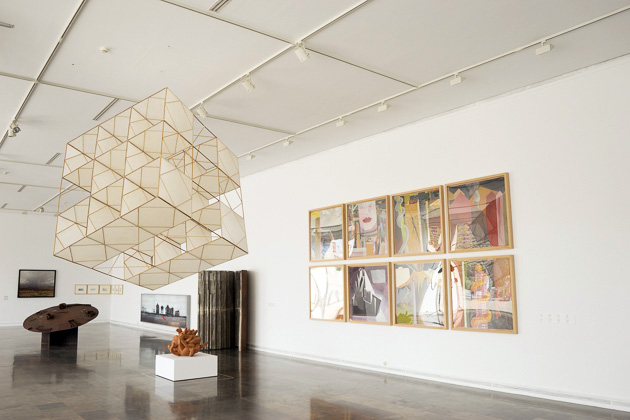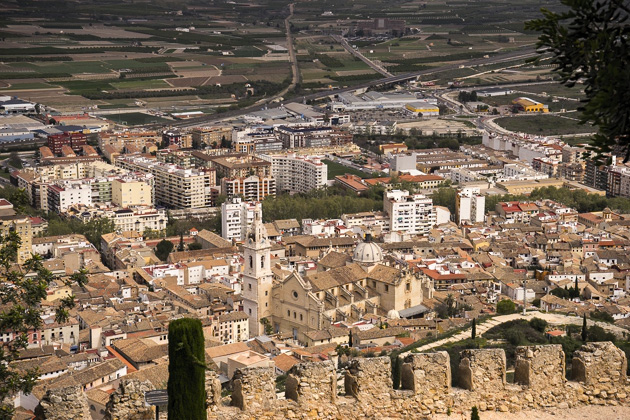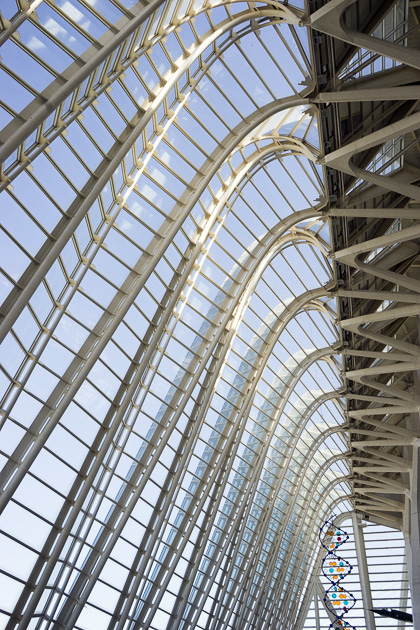A City Under the City: L’Almoina
Nowhere is the ancient history of Valencia more palpable than at L’Almoina: a former archaeological site which has been converted into a museum. Found next to the cathedral, L’Almoina takes visitors on a walk underneath the ground, and back through time.
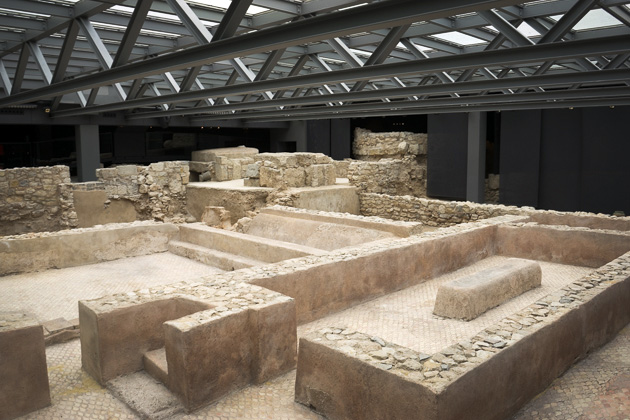
For twenty years, from 1985 to 2005, the Plaza de l’Almoina in downtown Valencia was the site of a large-scale archaeological dig. Researchers were astounded as they discovered walls, wells, pottery and coins from the city’s Arab and Visigoth periods… and even older. The discoveries made at L’Almoina date all the way back to the Valencia’s founding by the Romans, in the 2nd century BC.
Once the archaeologists had finished up, Valencia converted the dig into a museum. Underground, you can see fragments of the city’s first Roman buildings, including thermal baths, a temple dedicated to water gods, and a granary. There are entire sections of the streets which once formed the main crossroads of Valentia (as the city was known to the Romans), as well as votive wells into which their offerings were thrown.
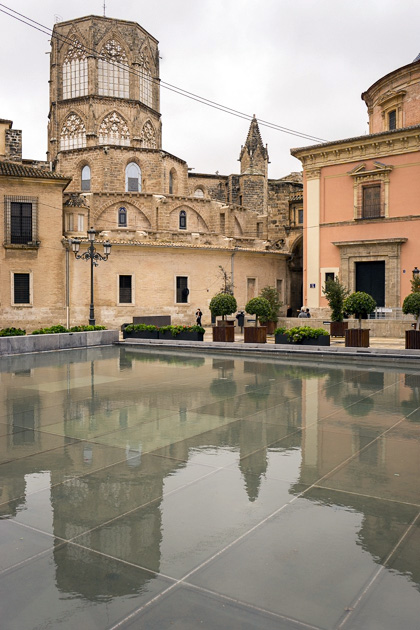
Centuries later, Arabs arrived from Northern Africa, and a long period of Muslim rule over “Balansiya” began. L’Almonia reveals important fragments of this era, as well, with stone carvings and an original section of the Muslim city’s primary alcazar, or castle.
Although it’s underground, the museum receives abundant natural light thanks to its glass ceiling. Covered with a thin layer of water, the ceiling looks like a shallow pool from the surface. It’s the perfect advertisement — people walking past are always drawn toward it, and when they look down through they glass, they see a room full of ancient ruins. They’ll also see us, already inside, waving frantically for them to come down. L’Almoina is one of Valencia’s best museums, and should not be missed.
